LI-FI wireless network
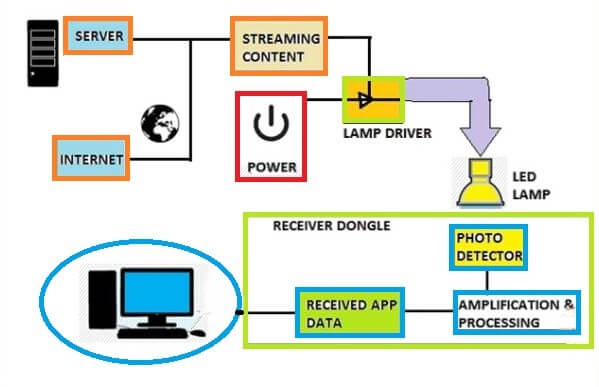
Light Fidelity or Li-Fi is a Visible Light Communications (VLC) system which runs wireless communications at very high speeds
Li-Fi uses common household LED (light emitting diodes) light bulbs to enable data transfer, boosting speeds of up to 224 gigabits per second.
The term Li-Fi was first introduced by Professor Harald Haas (University of Edinburgh) during a TED Talk in 2011. Haas developed light bulbs that could act as wireless routers.
Subsequently, in 2012 after four years of research, Haas set up company pureLiFi with the aim 'to be the world leader in Visible Light Communications technology'.
Li-Fi and Wi-Fi are very much similar as both transmit data electromagnetically. However, Wi-Fi uses radio waves while Li-Fi runs on visible light.
As we know, Li-Fi is a Visible Light Communications (VLC) system. This means that it uses a photo-detector to receive light signals and a signal processing element to convert the data into 'stream-able' content (mainly binary).
An LED light bulb is a semi-conductor light source meaning that the constant current of electricity supplied to an LED light bulb can be dipped and dimmed, up and down at extremely high speeds, without being visible to the human eye. For example, data is fed into an LED light bulb (with signal processing technology), it then sends data (embedded in its beam) at rapid speeds to the photo-detector (photodiode).
The changes in the rapid dimming of LED bulbs are then converted by the 'receiver' into electrical signal. The signal is then converted back into a binary data stream that we would recognize as web, video and audio applications that run on internet enabled device.
The future of Li-Fi:
In November 2014, Li-Fi pioneers pureLiFi joined forces with French lighting company Lucibel aiming to bring out Li-Fi enabled products, by the end of 2015.
pureLiFi already have two products on the market: Li-Flame Ceiling Unit to connect to an LED light fixture and Li-Flame Desktop Unit which connects to a device via USB, both aiming to provide light and connectivity in one device. Plus, with faster connectivity and data transmission it’s an interesting space for businesses. The integration of internet of things devices and Li-Fi will provide a wealth of opportunities for retailers and other businesses alike. For example, shop owners could transmit data to multiple customers' phones quickly, securely and remotely
Li-Fi is reportedly being tested in Dubai, by UAE-based telecommunications provider, du and Zero1. Du claims to have successfully provided internet, audio and video streaming over a Li-Fi connection.
Latest Blog

What are Progressive Web Apps (PWAs)

Apple Event September 2021 Recap
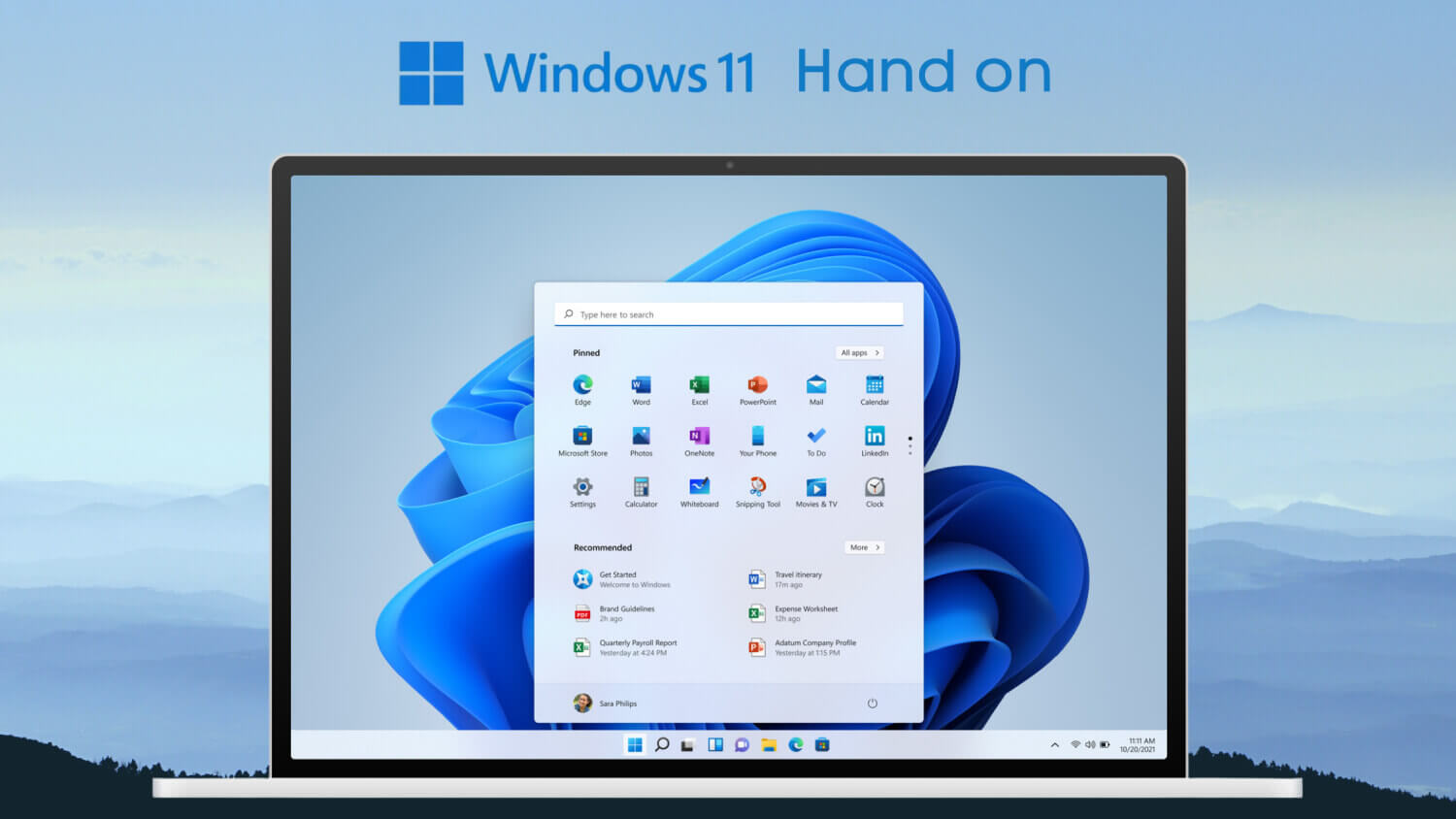
Windows 11 hands-on: Here's Everything You Need to Know About Microsoft's Latest Operating System
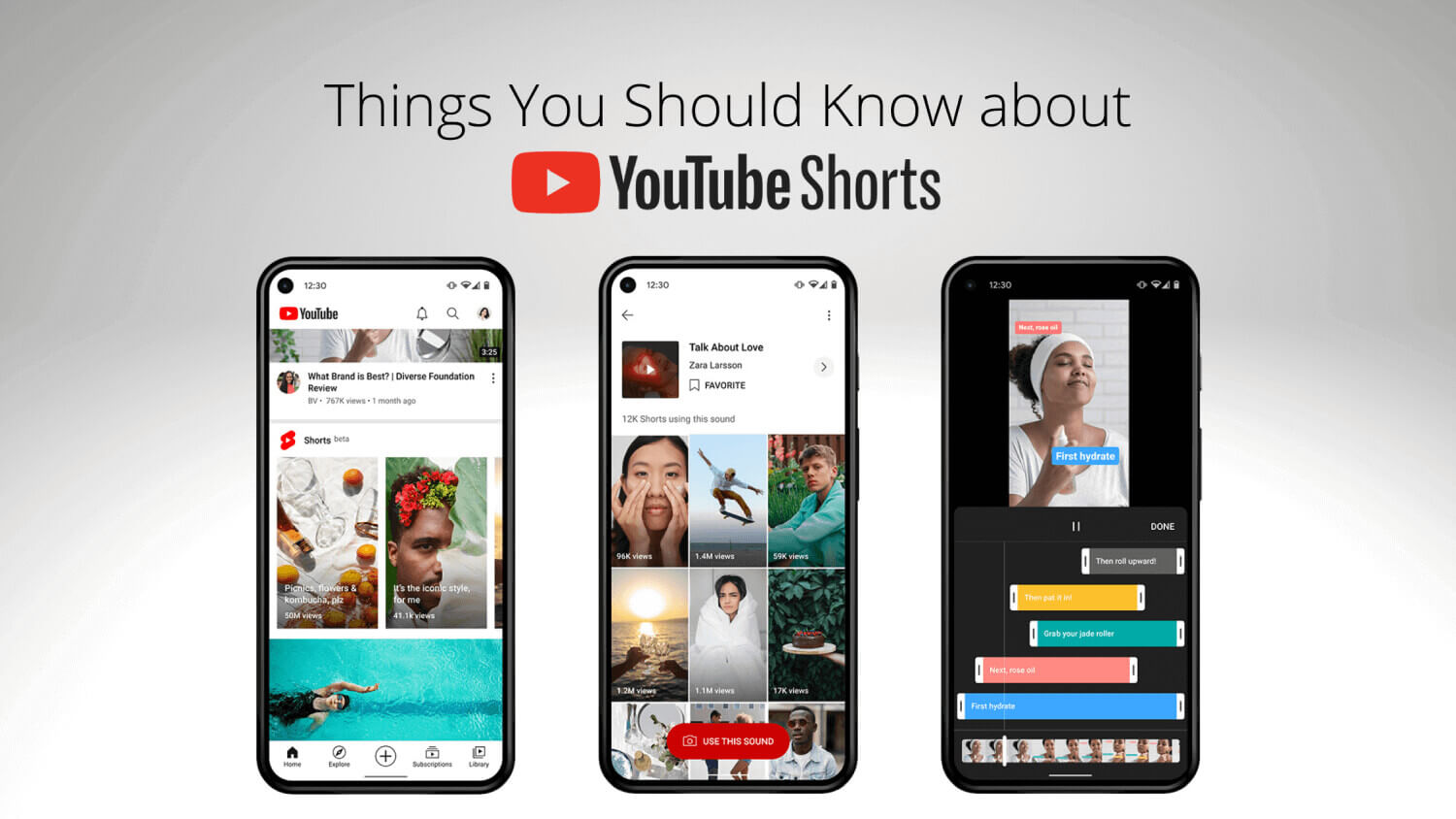
YouTube Shorts - Things You Should Know
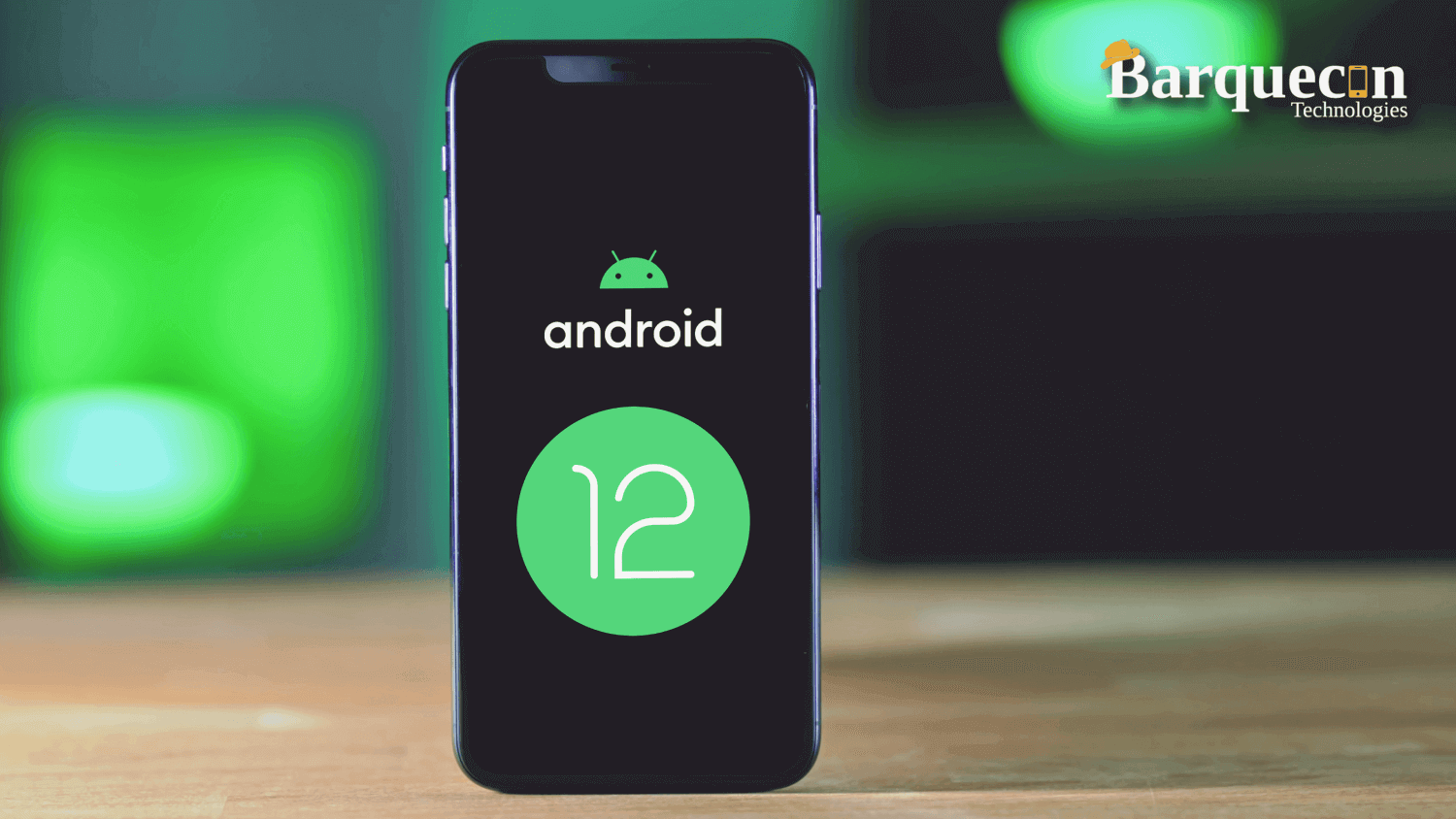
8 New Features of Android 12 You Didn’t Know
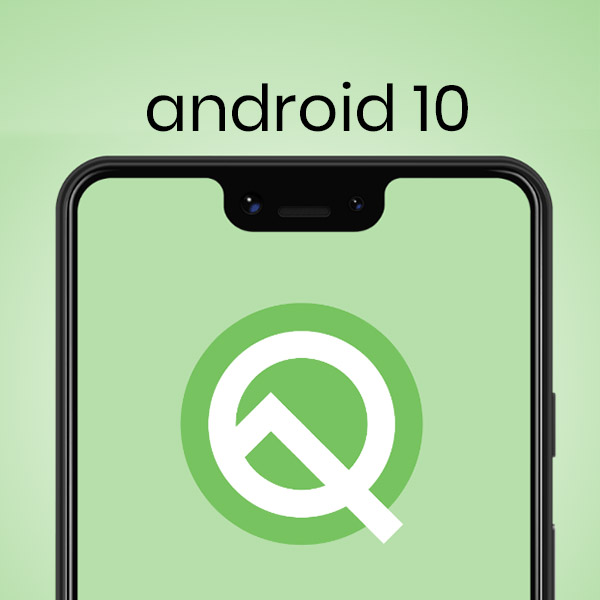
Android 10: Top feature you need to know!
Akshay Gangwar
50 mins ago
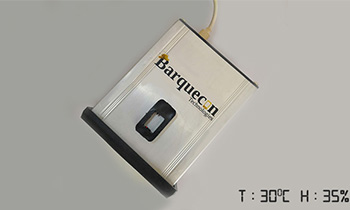
Temperature & Humidity IOT Solutions for Food, Agriculture and Medical Industry
Akshay Gangwar
50 mins ago
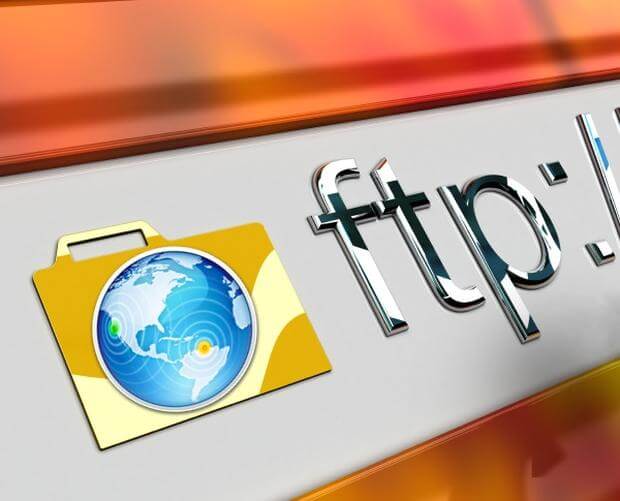
HTC Reportedly Planning to Re-enter Indian Market in August
Akshay Gangwar
50 mins ago

Apple OS X Server: File Transfer Protocol
Akshay Gangwar
50 mins ago

